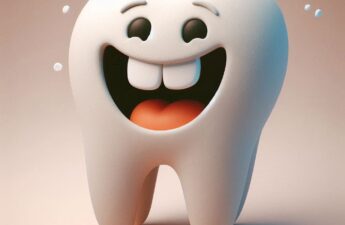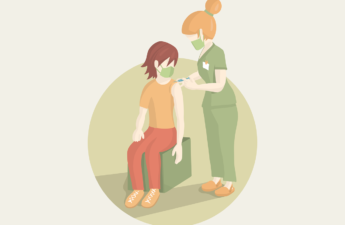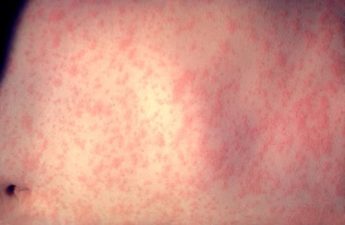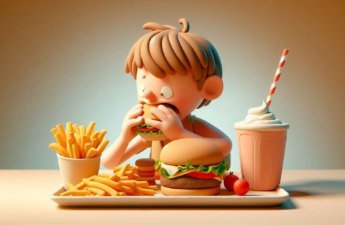NIH study finds number of steps taken daily may be more important for cancer risk than the intensity of activity.
Going to the dentist is expensive. Here are 3 things you can do to protect your oral health – and 3 things to avoid
Most oral and dental diseases are preventable, if you take care of your teeth and mouth. In-between visits to the dentist, here’s what you can do to avoid preventable issues – and blow-out dental costs.
The paradox of weight loss: why losing pounds may not always lead to better health
research indicates that significant weight loss – greater than 10kg – can actually increase the risk of early death in obese people with cardiovascular disease.
Maintaining mobility with aging means planning ahead
Older people often miss or ignore signs that their own mobility is waning, because it typically happens gradually.
States try to rein in health insurers’ claim denials, with mixed results
As more patients and doctors voice their frustrations, states are responding with legislation designed to regulate prior authorization and claims reviews.
Heeding the lessons of COVID-19 in the face of avian influenza
Bird flu has been causing a flurry of human infections, especially in U.S. cattle workers. If the virus learns to spread effectively from human to human, it could change the course of history. Even though our weary world already feels maxed out, we have to make room to avert yet another crisis.
NIH Ends Future Funding to Study the Health Effects of Climate Change
Dr. Lisa Patel, executive director of The Medical Society Consortium on Climate and Health, called the new guidance “catastrophic” and said it would have a “devastating” impact on much-needed research.
A brief guide to vitamin and mineral supplements – when too much of a good thing can become toxic
Here’s what you need to know about the benefits and risks of some of the most common vitamins and minerals.
How to assess your risk for breast cancer
One in eight American women will develop breast cancer in their lifetime. A combination of factors can influence your risk.
Some are unmodifiable, such as age, having dense breasts and a family history of breast or ovarian cancer, while others are modifiable, such as physical activity levels, weight and reproductive history.
Combatting the measles threat means examining the reasons for declining vaccination rates
The anti-vaccine literature is not anti-science. It is filled with statistics and references to scientific studies, although the facts are often wrong. Parents who read this literature need more than the simple reassurance of experts that vaccines are safe and effective. They need to be shown evidence and have confidence that their concerns are being taken seriously.
Second measles case identified in Washington state
Measles is a highly contagious and potentially severe disease that causes fever, rash, cough, runny nose, and red, watery eyes. If one person has it, up to 9 out of 10 people nearby will become infected if they are not protected. It mainly spreads through the air after a person with measles coughs or sneezes.
Flu deaths rise as anti-vaccine disinformation takes root
Flu-related deaths hit a seven-year high in January and February, the two months that usually account for the height of flu season, according to a Stateline analysis of preliminary federal statistics. There were about 9,800 deaths across the country, up from 5,000 in the same period last year and the most since 2018, when there were about 10,800.
Despite that, the U.S. Department of Health and Human Services has canceled or postponed meetings to prepare for next fall’s flu vaccine, when experts talk about what influenza strains they expect they’ll be battling.
How long will you live? New evidence says it’s much more about your choices than your genes
A new study’s findings come down very clearly on the nurture side in the “nature versus nurture” debate. It suggests environmental factors influence health and longevity to a far greater extent than genetics.
Short-term dietary changes can lead to obesity, shows research
Surprisingly, even short-term consumption of highly processed, unhealthy foods can significantly reduce insulin sensitivity in the brains of healthy people. This effect persists even after returning to a normal diet.
‘Pandemic babies’ turn 5: Here’s what research tells us about their development and remarkable resilience
Given the effects early-life stress exposure has on a child’s development, many people worried the pandemic would create a generation of children who wouldn’t achieve their potential. But the most recent evidence suggests that pandemic babies are doing better than anyone expected.














